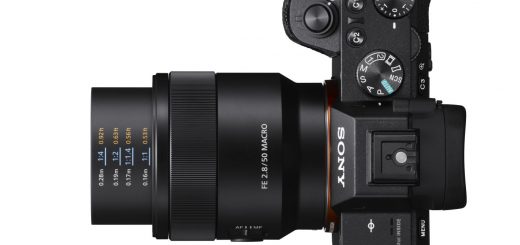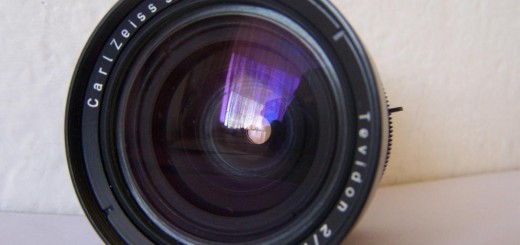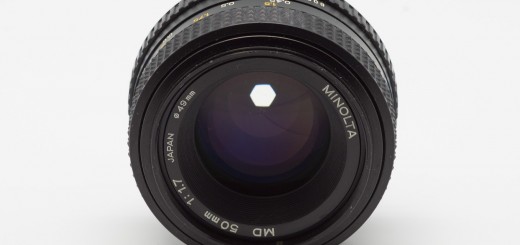Auto Chinon MC 50mm f1.4 – Legacy 50mm. Which one is the best? Part 8
This lens got some very good reviews from the users that I could found on web. However in my hands it was rather disappointing.
Lens has 7 elements in 6 groups and despite its small size 38cm deep it is rather heavy at 245gr. Build quality is very good, with rubberized focus ring that takes slightly over 180° for the full turn. 6 aperture blades open up to f1.4 and closes to f22 with a half click stops.
Lens is in a K-mount, but I believe that some earlier versions were also in M42.
Minimum focus distance is solid 45cm.
Lens has multi-coated elements. Nice addition for NEX users is a 49mm filter thread.
Lens and camera:
Following test shows lens character, color, contrast and out of focus rendition at most apertures. Focusing was at the focus target next to the doll in front. That should be aligned with the dolls right eye in terms of focus plane. Shot from tripod with remote, ISO 100, NEX 7, RAW developed in LR 3.6 with standard settings, exported for downsizing in Photoshop. No other corrections applied.
 |
| Sony NEX 7 + Auto Chinon MC 50mm f1.4 at f1.4 |
 |
| Sony NEX 7 + Auto Chinon MC 50mm f1.4 at f2 |
 |
| Sony NEX 7 + Auto Chinon MC 50mm f1.4 at f2.8 |
 |
| Sony NEX 7 + Auto Chinon MC 50mm f1.4 at f5.6 |
 |
| Sony NEX 7 + Auto Chinon MC 50mm f1.4 at f8 |
 |
| Sony NEX 7 + Auto Chinon MC 50mm f1.4 at f11 |
 |
| Sony NEX 7 + Auto Chinon MC 50mm f1.4 at f16 |
 |
| Sony NEX 7 + Auto Chinon MC 50mm f1.4 at f22 |
Here are 100% crops of the focus plane area.
Chinon shows strange characteristics in the sharpness department. It is soft at f1.4 but it gets very sharp at f2 up to f 5.6. However, already from 5.6 there are signs of diffraction limits and above f8 diffraction limit is quite much pronounced. At f16 and f22 it is hard to recommend its use. Colors are nice and neutral.
Resolution chart is shown bellow with respectful 100 crops.
On the other hand, Chinon shows very good corner sharpness even wide open and very small vignetting on APS-C. There are no signs of yellow cast in the corners, unlike with most other competitors.
Very good and even sharpness across the field between f2-f5.6 is proven also at longer distance. But also here, you can see at f8 effects of starting diffraction.
As usual, slight barrel distortion is nothing to worry about.
Here are couple of portraits in a natural light without flash.
 |
| Sony NEX 7 + Auto Chinon MC 50mm f1.4 at f1.4 |
 |
| Sony NEX 7 + Auto Chinon MC 50mm f1.4 at f2.8 |
Colors have slight sepia toning.
As you can see, lens is fairly sharp at f2.8 but it doesn’t improve further and is nothing to rave about.
Bokeh:
Out of focus areas are probably the biggest disappointment. Bokeh is not really bad, but it is more harsh than most of its competitors delivers.
 |
| Sony NEX 7 + Auto Chinon MC 50mm f1.4 at f1.4 |
This is even more visible at f4. Slightly nervous.
 |
| Sony NEX 7 + Auto Chinon MC 50mm f1.4 at f4 |
Due to the early starting diffraction limits, Chinon is probably not the best option for landscape. At f5.6 it is very good, but already at f8, slight loss of detail could be noticed.
 |
| Sony NEX 7 + Auto Chinon MC 50mm f1.4 at f5.6 |
 |
| Sony NEX 7 + Auto Chinon MC 50mm f1.4 at f8 |
Conclusion:
Auto-Chinon MC 50mm f1.4 is not a bad lens by any meaning. It is small, well built and has a very good sharpness between f2 and f5.6. Early starting diffraction and somewhat harsh bokeh however limits its use.Many other lenses that I tested so far had some kind of a character, that I am missing with this Chinon. If you find one for a price around 50 USD, you will certainly make a good deal. But above that price, I believe there are simply better lenses.

























